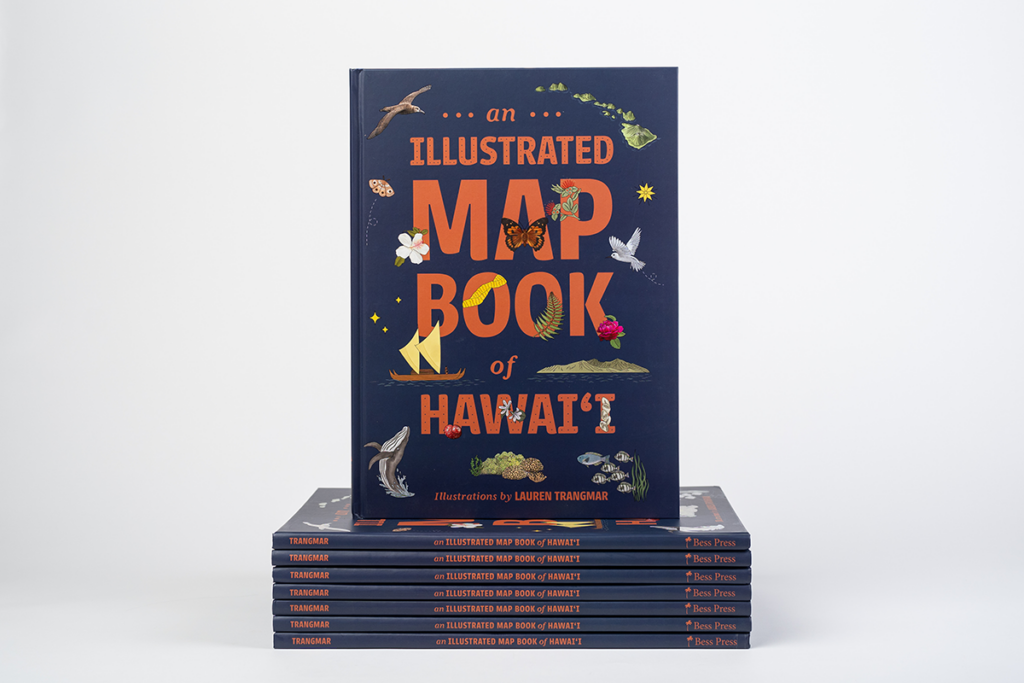Hawaii Wine Picks
Ahh, BYOB dining, where the food is taken care of and enjoying a drink with dinner doesn’t make your wallet cry. The only disadvantage? There’s no wine list or advice from a sommelier to make pairings easier. You’re on your own, staring at a seemingly endless wall of potential bottles at the wine shop. But never fear. We’ve asked local wine experts for pairing tips, and they had all kinds of ideas. Think it’s impossible to pair wine with a plate lunch? Think again.
“I’ve done it,” master sommelier Patrick Okubo says. “At K’s Drive In in Hilo, we have plate lunches and wine. You know, chicken katsu, beef stew, or pancit. [The wine] goes great with it.”
From Japanese to Hawaiian food, if you can order it in Hawaii, there’s a wine pairing for it. Here’s our wine guide for local BYOB dining.
Our expert master sommeliers:
-
Chuck Furuya (d.k Restaurants)
-
Patrick Okubo (Young’s Market)
-
Roberto Viernes (Southern Wine and Spirits)
-
Marvin Chang (R. Field Wine Co.)
WEB EXTRA
Japanese/Sushi
Rudolf Furst Muller Thurgau Dry “pur mineral” (roughly $23).
This wine can work with many types of sushi. “The wine is delicately dry, finesseful, pure, minerally and remarkably light and ethereal. It works especially well with seafood nigiri.” —CF
NV Veuve Fourny Blanc de Blanc Champagne ($47.99).
“Sushi with Blanc de Blanc Champagne is one of my all-time favorite pairings. The creaminess and acidity of the Champagne together with fattiness of the fish with soy and wasabi are magical.” At R. Field Wine Company —RV
2011 Hans Wirsching Silvaner Trocken ($16).
“Much of Japanese cuisine and especially sushi is about the purity of the ingredients. It is very elegant and full of finesse. Wines of power and bigness often overpower this type of food. The Silvaner is pillowy and fragrant with an umami-like deliciousness to it.” —RV
NV Veuve Fourny Blanc de Blanc Champagne ($49).
“Sushi with Blanc de Blanc Champagne is one of my all-time favorite pairings. The creaminess and acidity of the Champagne together with fattiness of the fish with soy and wasabi are magical.” —RV
Italian/Mediterranean
Bargain: Sella & Mosca Vermentino de Sardegna “La Cala” (roughly $15).
“This particular white comes from the northern part of the island of Sardegna, and also has a slight salinity edge. Its lemony crispness enhances seafood dishes as a squeeze of lemon would.” —CF
Frescobaldi Castiglioni Chianti (under $15).
Okubo recommends low-tannin red wines such as Sangiovese and pinot noir for tomato-based Italian dishes. But keep in mind, “The tricky part to Sangiovese is that some of them do not say Sangiovese, it says the name of the region on it.” In this case, Chianti, Tuscany. —PO
Sang des Cailloux Vacqueyras (roughly $33).
This red from France’s southern Rhone Valley goes well with red meats. “This wildly rustic, brooding and soulful red wine over-delivers for its price.” —CF
2012 Cecchi Chianti ($12.99) and 2010 Villa Antinori Chianti Classico Riserva ($29.99).
“As the saying goes, ‘If it grows together, it goes together.’ Cooked Italian tomatoes and Sangiovese have a definite synergy. The high fruit level of the wine counters the saltiness of the sauce. A good Chianti with a marinara sauce is a classic combination.” —MC
2011 Bertani Secco Valpolicalla ‘Original Vintage Edition’ ($32).
“This is a Valpolicella made with an ancient recipe for Valpolicella that was created at the winery in the 1930’s but with modern vinification. The complexity of the wine is impressive. It has enough structure for cassoulet or osso bucco but without having the higher alcohol levels and jamminess of Amarone.” —MC
Chinese
2011 Domaine Schlumberger Pinot Gris ($19).
“Pinot Gris from Alsace is something you cannot go wrong with for Chinese meal.” —RV
2012 Maison l’Envoye Attache Pinot Noir ($45).
“It is not only the safest bet for Chinese food but also my favorite grape variety. It’s silky, exuberant and charms the palate.” —RV
Hawaiian/Local
2013 Meiomi Chardonnay ($20).
“You must try the 2013 Meiomi Chardonnay. It is luxurious, mouth-coating with notes of tropical fruit all laced with toasted vanilla from the oak.” —RV








